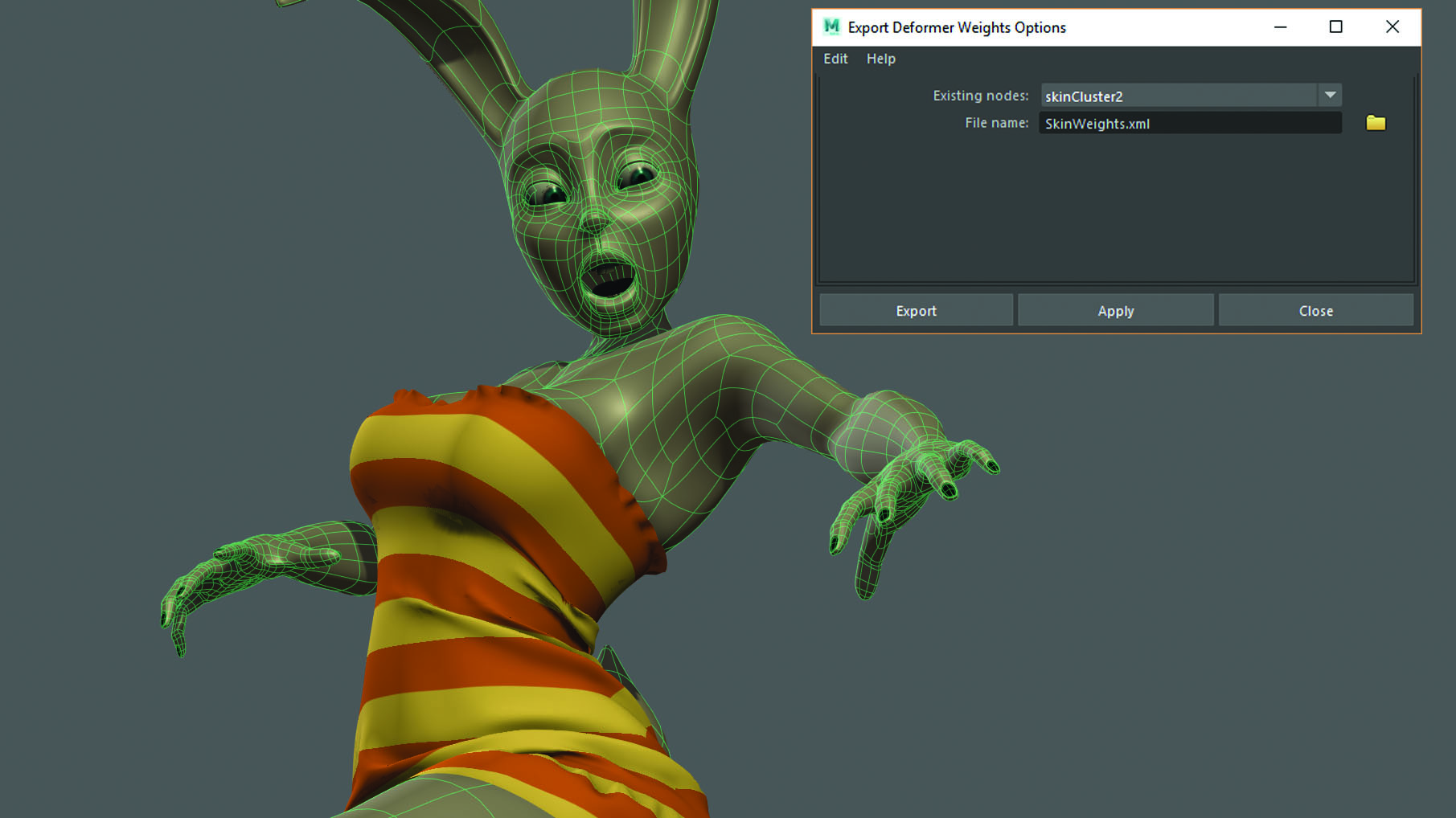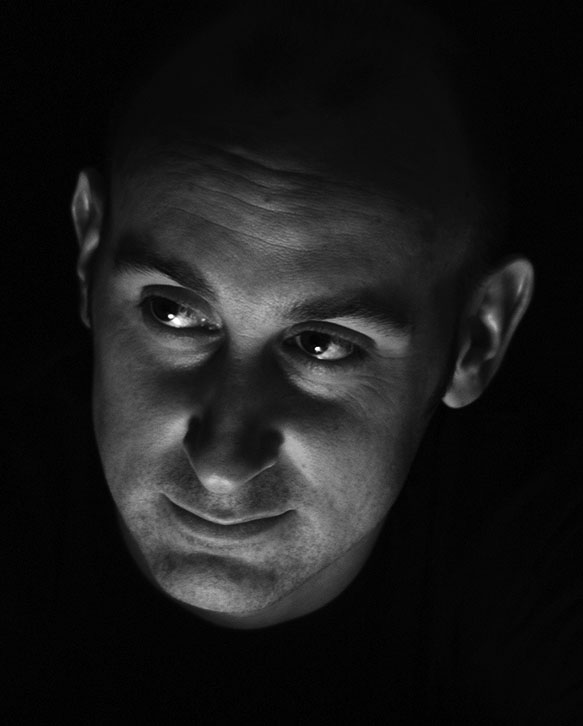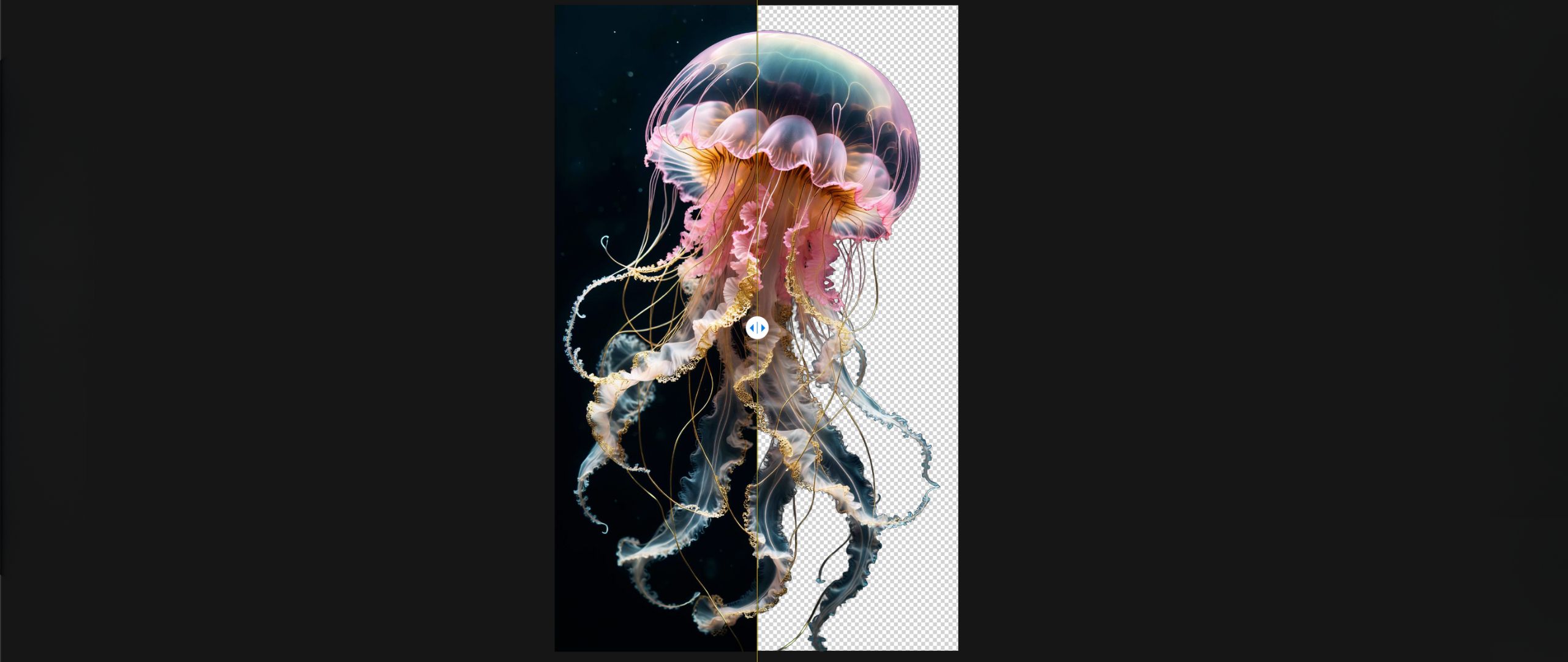Create better character animations in Maya
Is there a more reliable way to export and import skin weights in Maya?

Ant Ward will be one of our artists answering your specific questions at Vertex.
In this Maya tutorial, I'll be showing you a better to export and import skin weights. We have all been there. You’ve spent days painstakingly painting the weights on your character, ensuring the limbs bend and twist correctly and the face can emote without any strange bulges or pinches. You finally finish and the client requests a change to the rig. You are now faced with a possible reskin to a modified skeleton.
Not a problem, right? You can simply reference the old rig and model into the same scene as the new one and use the Copy Skin Weights tool to transfer the weights across. The problem is that some of the joints are too close together, so copying the weights doesn’t work completely, especially around areas like the mouth and eyes.
How do you fix it?
So what do you do now? You don’t have time to repaint the weights. This is a problem faced by technical artists every day and it’s something that we have come to expect. While in production, rigs, skeletons and models change all the time, so it pays to be able to react to these changes quickly and efficiently.
There’s the option of exporting the weight maps using the Export Skin Weight Map tool found under the Skin menu. This has existed in Maya for as long as we can remember. The problem is this tool generates a new image file per influence which can, over time, clog up your hard drive. Plus, being image-based it can often lead to inaccuracies when importing.
What other options do you have besides turning to third-party plugins? Hidden away, right at the bottom of the Deform menu is the Export Deformer Weights tool, labelled Export Weights and Import Weights. What makes this fundamentally different is that it will export the weights as an XML file, keeping your system cleaner and storing the weights as a numerical list. As you can imagine, this offers much more precise results.
What you should remember is a skinCluster node, which stores the weight information on a model and is classed as a deformer, so the Export Deformer Weights tool will still work and is a much better way to preserve all your hard work.
Get the Creative Bloq Newsletter
Daily design news, reviews, how-tos and more, as picked by the editors.
More from Ant Ward at Vertex

Ant Ward will be at Vertex answering your questions, as part of our 'Ask an Artist' section. These sessions are a fantastic opportunity to get one to one with a veteran artist, who can help you overcome a road block in your work, or to talk through a problem area.
Ant is an artist with huge experience in many areas of CG. He has been a regular on the pages of 3D World for many years and has written numerous tutorials, as well as being a part of our expert Q and A team.
To book a ticket for Vertex 2018 head over to the Vertex site, where you will find information on all the day's activities, from keynote talks to the panel discussion and recruitment fair.
Related articles:

Thank you for reading 5 articles this month* Join now for unlimited access
Enjoy your first month for just £1 / $1 / €1
*Read 5 free articles per month without a subscription

Join now for unlimited access
Try first month for just £1 / $1 / €1
